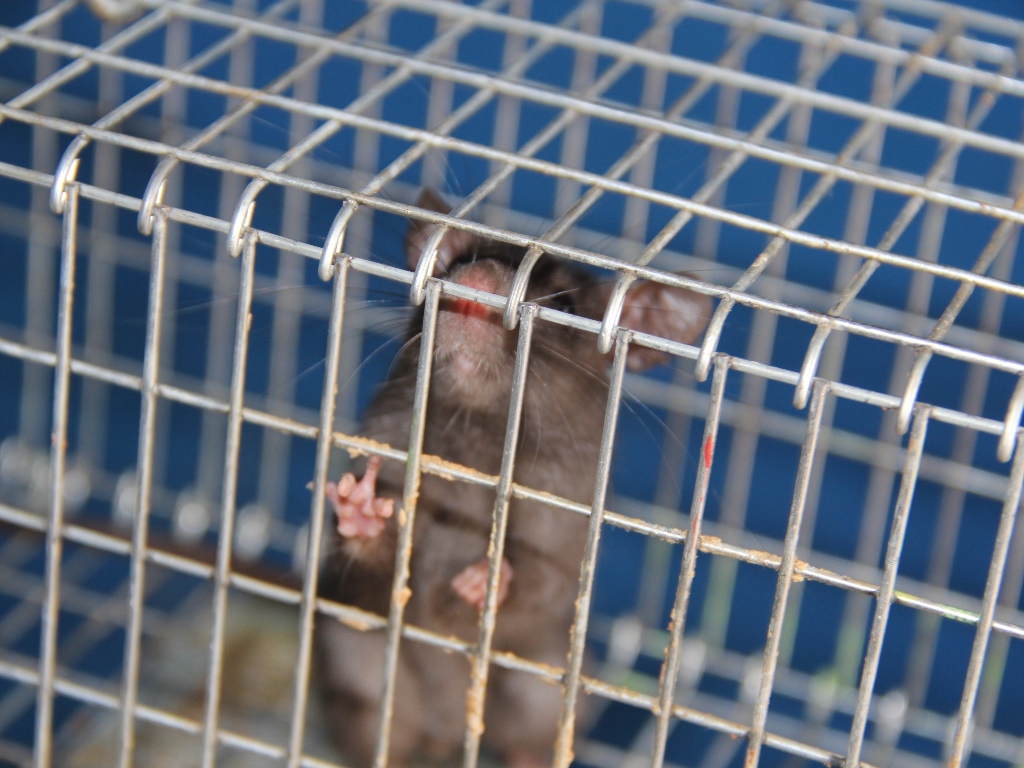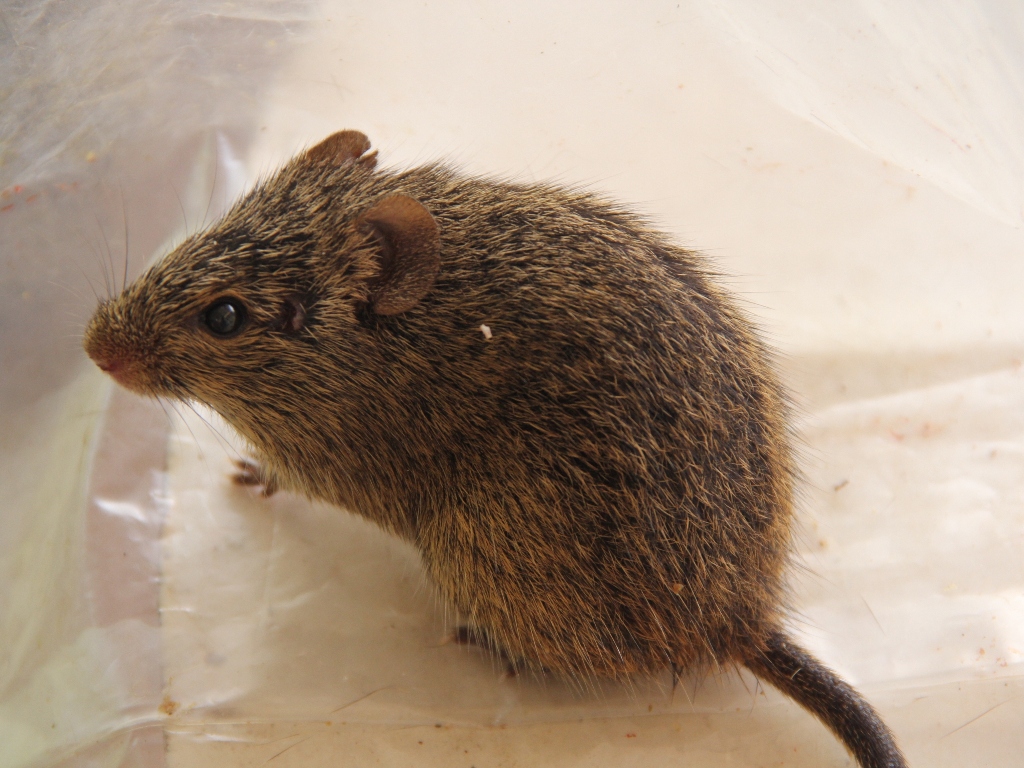Rodents are the main reservoir hosts of several leishmania species. They are abundant in endemic localities and their burrows are used as breeding sites of sand flies. Identification of reservoir hosts is essential for the control of zoonoses. However, finding leishmania positive animals does not necessary mean they serve as parasite reservoirs for sand flies. Indeed, such animals may simply serve as parasite sinks, i.e. animals upon which infected sand flies feed but do not contribute to vector infection and transmission to the next host. The best method for testing the infectiousness of hosts to biting vectors is xenodiagnosis, i.e., feeding of laboratory reared insects on the infected host with subsequent examination of the insects for presence of parasites. We focus on experimental infections and xenodiagnoses of potential reservoir hosts and testing of new rodent model species.
- Central Asian rodent species as reservoir hosts and laboratory models for different leishmania species.
- The susceptibility of European rodent species to leishmania species spreading into Europe.
- The minimum number of leishmania required for successful infection of sand flies by feeding on the host.
- Comparison of leishmania amastigotes from cell and axenic cultures with amastigotes isolated from experimentally infected hosts.

